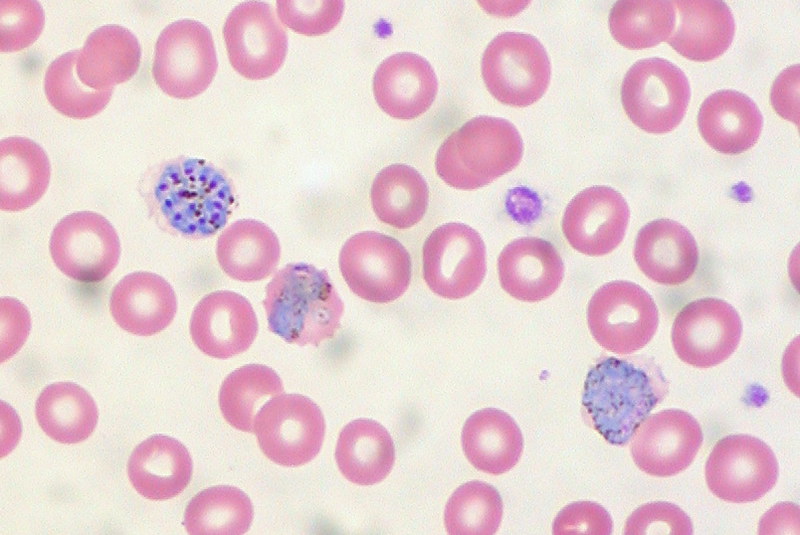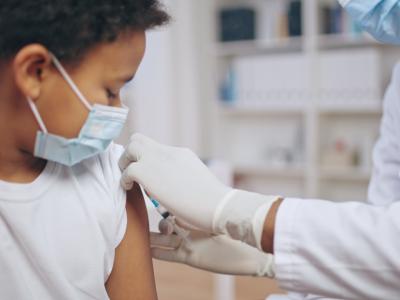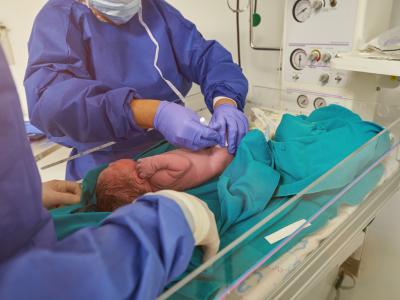According to media reports, Germany has four new clade 1b mpox cases, including two cases in school-aged children.
According to a post from the infectious disease blog Avian Flu Diary, the cases are in a family that recently traveled to Africa. One person likely had close contact with a case-patient while traveling, and then spread the virus to three family members. The family lives in the Rheinisch-Bergischer district, near Cologne.
Health officials from the district are working with the Robert Koch Institute to contact the schools and places of employment of the family and monitor contacts for symptoms.
Seven nations outside of Africa affected
Clade 1b began spreading last year in the Democratic Republic of the Congo and has since been found in dozens of African countries as well as in Sweden, Thailand, India, the United States, the United Kingdom, and Canada.
Germany had reported one other clade 1b case in October, and the patient recovered fully.
This strain of mpox is considered more virulent and transmissible than the clade 2 strain that caused a global outbreak of the virus primarily among men who have sex with men in 2022. Clade 1b can be spread through close contact with an infected person.















